Today, I’ve got a really fun tutorial on how to make this cute mini scrapbook. The main material used for the covers and pages…TOILET PAPER TUBES! I’ve used some of what my family calls my “fancy art supplies” but really, you don’t need any of those.
Use scrap paper that you would be tossing in the recycling bin, old magazines, plain white glue or glue sticks, markers, crayons, kids’ paints from the dollar store. Find some old bits and bobs from around the house if you want to add embellishments. Boom! Fun craft for kids and adults!

Mini Scrapbook from Toilet Paper Rolls
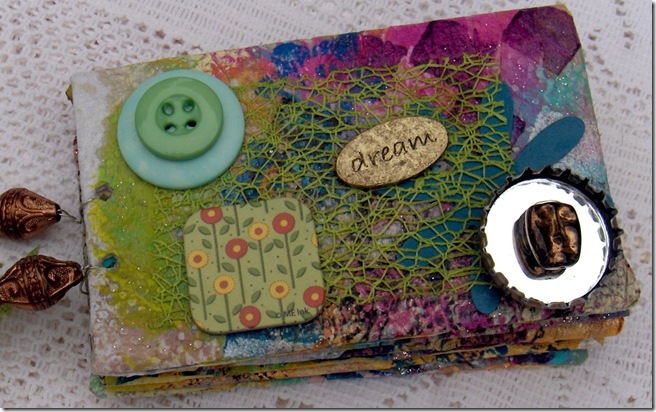
Flattening the Tubes
You need to start by flattening your tubes. Each tube makes a page. I found that 6 tubes was pretty much the maximum I could get in a book without it being much too bulky. If you’re planning to add quite a few 3D embellishments, you may want to cut this back to 4.
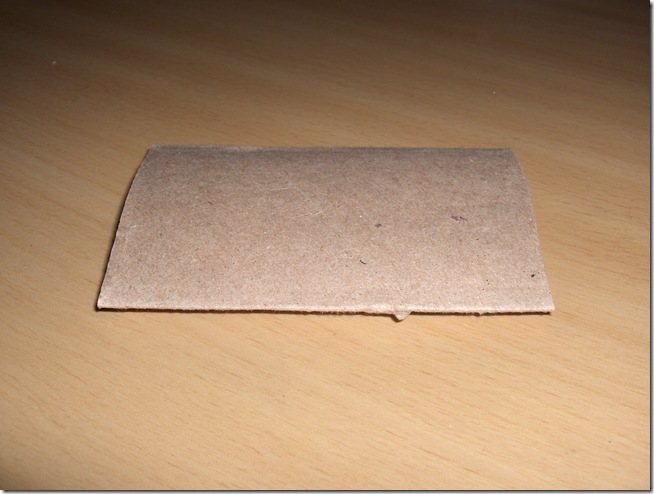
I began by just “smashing’” the tubes with my hands and then making better creases with a bone folder. I found it helpful then to place the tubes under a stack of heavy books for a day or two to flatten further.

Using some of those large binder clips on them also helped if you’re in more of a hurry. They generally won’t get 100% flat but by the time you cover them and bind them, I find they are flat enough for this purpose.
Covering the Pages
The next step was to create some papers to cover my pages with. I used a method based on something I saw from Traci Bautista. Next, I covered a tray with freezer paper, shiny side up. I found that putting it on a tray rather than flat on your work surface worked really well to contain the paints and keep them from running all over and making a mess.
Then, I just dribbled acrylic craft paints all over the surface of the freezer paper. I did it randomly but you can also apply the paint in simple designs. Sprinkle the surface with some glitter and then spray with water to allow the colours to run, soften and blend into each other a bit.
Lay a piece of paper towel over the top of the painted surface. I even save the paper towels that I have used to wipe up some paint spills or clean my brushes on and further colour these in this method.
You may want to brayer over the paper towel – or as I often do, just use your fingers to press the paper towel into the paints and spread them around more. I spray on top of the paper towel with some more water – this will get the colours blending even further.
You can even add some more paints and glitter at this point. More pressing and “brayering” and then when I’m happy with how the paper looks, I lift it off onto another surface (I find wax paper or old newspapers work well) to dry.
Often without even applying any more paint, I’ll find that I have enough paint to apply another layer or two of paper towels and get more prints from this one painting. You may want to spray more water on to loosen up any of the paints that may have started to dry a bit.
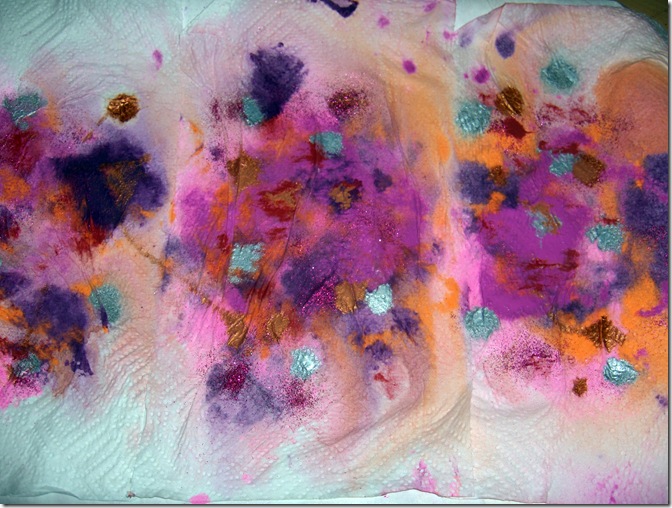
Applying the Papers to the Pages
Once these have dried, they stiffen a bit and become quite a bit stronger than before. If you’re using 2 ply (or more) paper towels, sometimes you can even separate the plies into layers (I find this easiest to do when they’re still damp) and that will give you more bang for your buck AND thinner, more translucent layers to work with.
No paper towels on hand? Try tissue paper instead!
If you keep the paper towels intact, they will become stronger than before. Then, they will now hold up to techniques like adding stitching to them. I used Liquitex Gel Medium to glue the paper towels to the toilet paper tube pages. White glue works too – even glue sticks in a pinch but you might need to apply it liberally.
If you’re using white glue, you can pour some into a little cup or bowl and add some water to thin it down. I find this works well with paper towels, tissue paper, and other thin papers.
I covered both sides of the flattened tube with the gel medium and wrapped paper towel around to cover it. On each end where the opening of the tube is, I would apply a little of the gel medium about 1/4 to 1/2 inch on the inside of the tube so I could fold the ends of the paper towel piece into each end so the edges would look finished as well.
Assembling the Book
I punched holes in one end of the page. A regular paper hole punch worked fine for this as long as I only did one page at a time. I found that wire worked the best to assemble the pages into a book. String or ribbon will work too. The wire helped get a nice tight hold though that held the book together securely but also assisted in further flattening the book.
One of the nice benefits of this style of book is that because you’re starting with tubes, you are left with an opening at the other end of each one. That opening is perfect for sliding a tag inside, giving you yet another surface/page to your book.
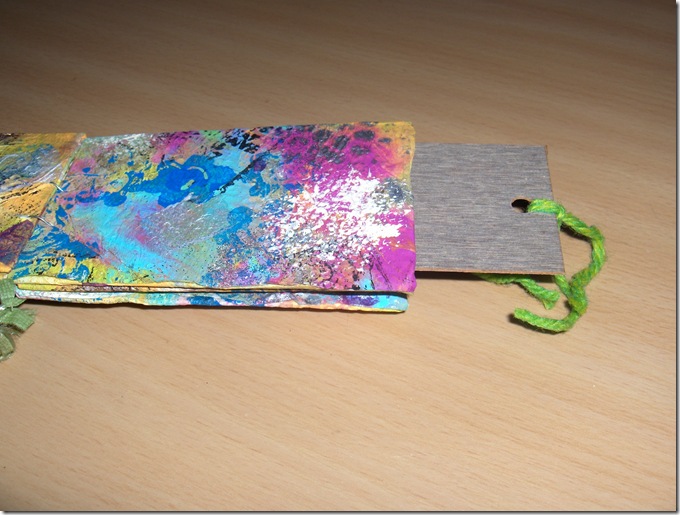
Here, I’m using laminate counter samples that I got from a home improvement store. My plan is to finish decorating the pages with embellishments and photographs or images. Then, I’ll adhere paper to the tags to make a writing surface for the journaling.
What else could you use for the pull out pages? Try cutting up old cardboard boxes – cereal boxes would be great for this.
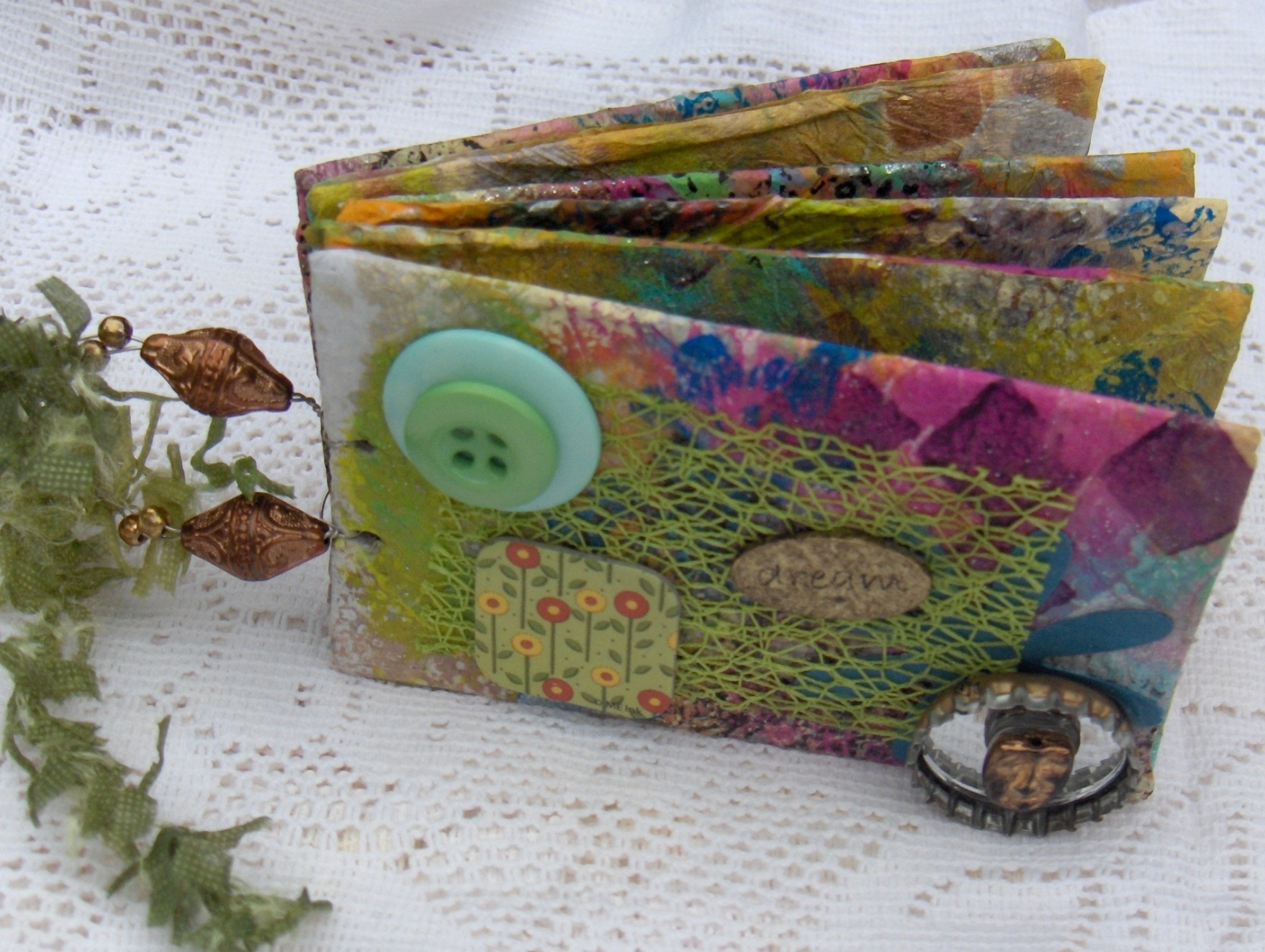
leslierahye says
You know my fondness of the TP tube! 🙂
very pretty paper towel pages!! 😀
Beverly Booker says
Very cool! I’m going to make one for my granddaughter using her graduduation pictures on the tags.
cydlee61 says
That will be so great!!!
archie says
i really loved this thing of yours…i ll definately try it
Rain says
If you get the tp tube wet first, it makes it easier to flatten, and when it dries (under pressure) it is very flat. Just thought I’d add that, as it’s less work, and makes it flatter. ^_^
desiree says
i am going to book this i have nephew and neice and they are little so iam going to see if mom will send me soem pic to make them baby book for there keping